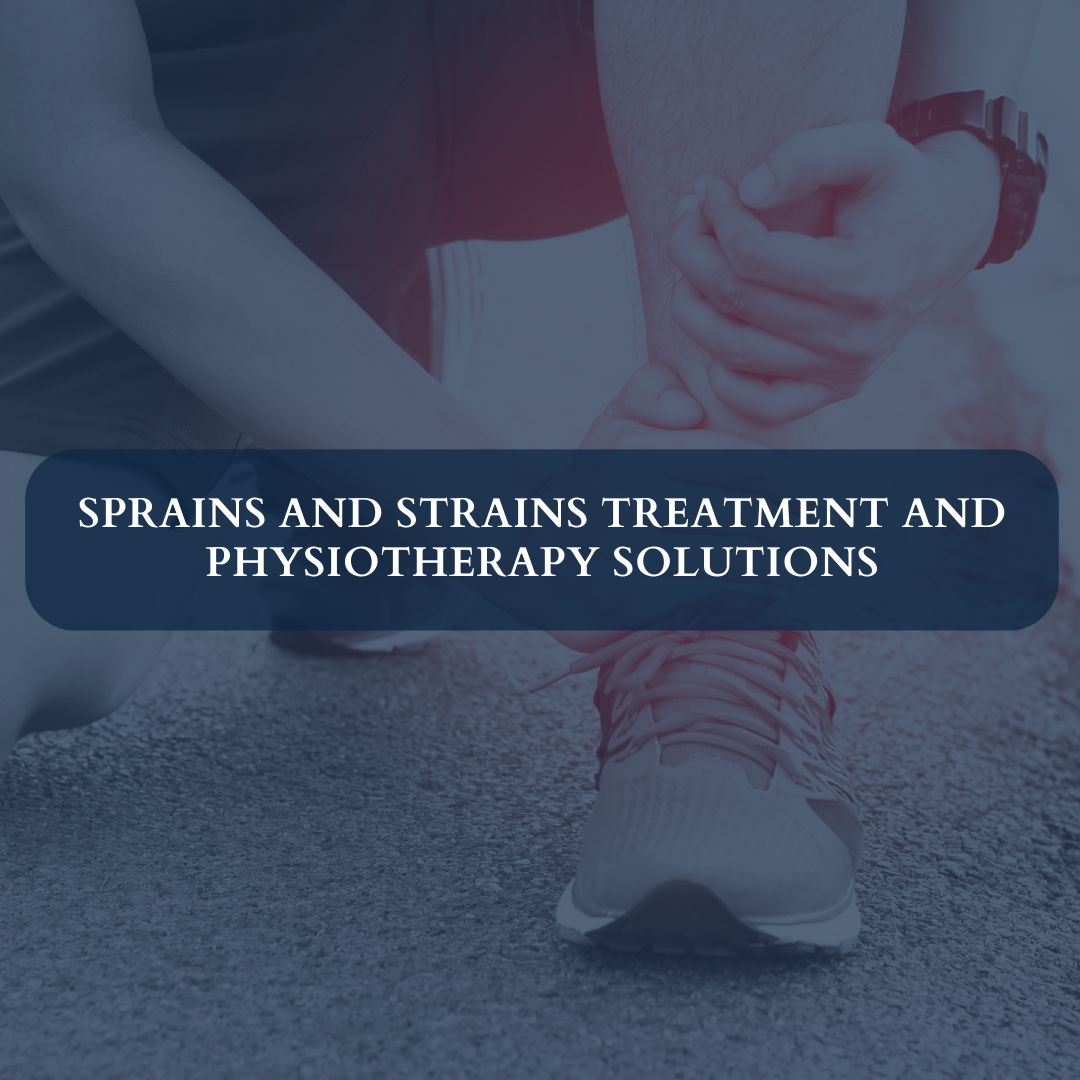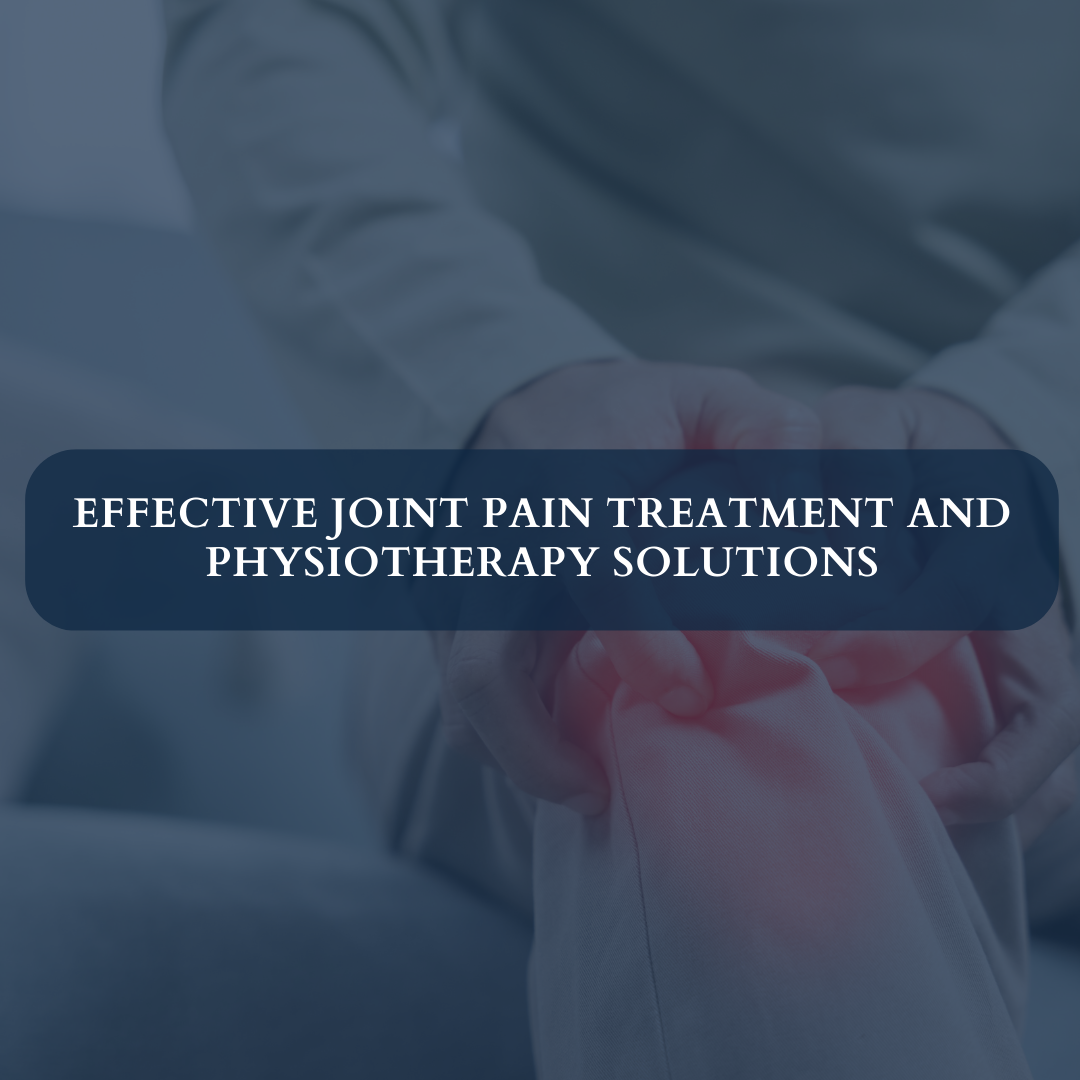Sprains and strains are common injuries that can happen to anyone, whether you’re an athlete or just going about your daily activities. These injuries can be painful and limit your mobility, but with the right treatment and physiotherapy solutions, you can recover faster and get back to doing what you love. In this comprehensive guide, we’ll explore everything you need to know about sprains and strains treatment, along with effective physiotherapy techniques to aid in your recovery journey.
Understanding Sprains and Strains
Before delving into treatment options, it’s essential to understand the difference between sprains and strains. A sprain occurs when a ligament, the tough band of tissue connecting bones at a joint, is stretched or torn. On the other hand, a strain happens when a muscle or tendon, the tissue that connects muscles to bones, is overstretched or torn. Both injuries can result from sudden movements, falls, or overuse of muscles and joints.
Symptoms of Sprains and Strains
Identifying the symptoms of sprains and strains is crucial for prompt treatment. Common symptoms include:
- Pain: Often sudden and severe, localized around the affected joint or muscle.
- Swelling: Inflammation and swelling around the injured area.
- Bruising: Discoloration due to blood vessel damage.
- Limited mobility: Difficulty moving the affected joint or muscle.
- Muscle spasms: Involuntary muscle contractions due to injury.
If you experience these symptoms after an injury, it’s essential to seek medical attention for an accurate diagnosis and appropriate treatment plan.
Treatment Options for Sprains and Strains
Effective treatment for sprains and strains aims to reduce pain, inflammation, and promote healing. Depending on the severity of the injury, treatment options may include:
- Rest: Avoiding activities that aggravate the injury to allow the body to heal.
- Ice: Applying ice packs to the affected area can help reduce swelling and pain.
- Compression: Using compression bandages or wraps can stabilize the injured joint or muscle and reduce swelling.
- Elevation: Keeping the injured area elevated above heart level can help reduce swelling.
- Pain relief medication: Over-the-counter pain relievers like ibuprofen or acetaminophen can help alleviate pain and discomfort.
In more severe cases, your healthcare provider may recommend immobilization with a brace or splint or even surgery for severe ligament or tendon tears.
The Role of Physiotherapy in Recovery
Physiotherapy plays a crucial role in the rehabilitation process for sprains and strains. A qualified physiotherapist can assess your injury, develop a personalized treatment plan, and guide you through exercises and techniques to promote healing and restore function. Some common physiotherapy techniques for sprains and strains include:
- Manual therapy: Hands-on techniques such as massage and joint mobilization to improve flexibility and reduce pain.
- Therapeutic exercises: Targeted exercises to strengthen muscles, improve range of motion, and enhance stability around the injured area.
- Electrotherapy: Modalities such as ultrasound and electrical stimulation may be used to reduce pain and promote tissue healing.
- Functional training: Activities and exercises tailored to your specific needs and goals to help you return to your normal activities safely.
Preventing Future Injuries
Once you’ve recovered from a sprain or strain, taking steps to prevent future injuries is essential. Some tips for injury prevention include:
- Warm-up: Always warm up before engaging in physical activity to prepare your muscles and joints.
- Proper technique: Use proper form and technique when exercising or participating in sports to avoid overloading muscles and joints.
- Gradual progression: Gradually increase the intensity and duration of your activities to prevent overuse injuries.
- Cross-training: Incorporate a variety of activities into your fitness routine to prevent overuse of specific muscles and joints.
- Listen to your body: Pay attention to any warning signs of pain or discomfort and take appropriate rest breaks when needed.
Conclusion
Sprains and strains can be painful and debilitating, but with the right treatment and physiotherapy solutions, you can recover fully and prevent future injuries. From rest and ice to personalized physiotherapy programs, there are plenty of options available to help you on your road to recovery. Remember to seek medical attention for severe injuries and consult with a qualified physiotherapist for personalized care. With proper treatment and preventive measures, you can get back to doing what you love without the fear of reinjury.
Ready to explore your options for chiropractic and physiotherapy?
Contact SwastyaPhysio today to schedule a consultation and discover the best path to your wellness journey. We’re here to support your health every step of the way
Banaswadi | HBR layout | Kalyan Nagar | Kammanahalli | Horamavu | Hennur



